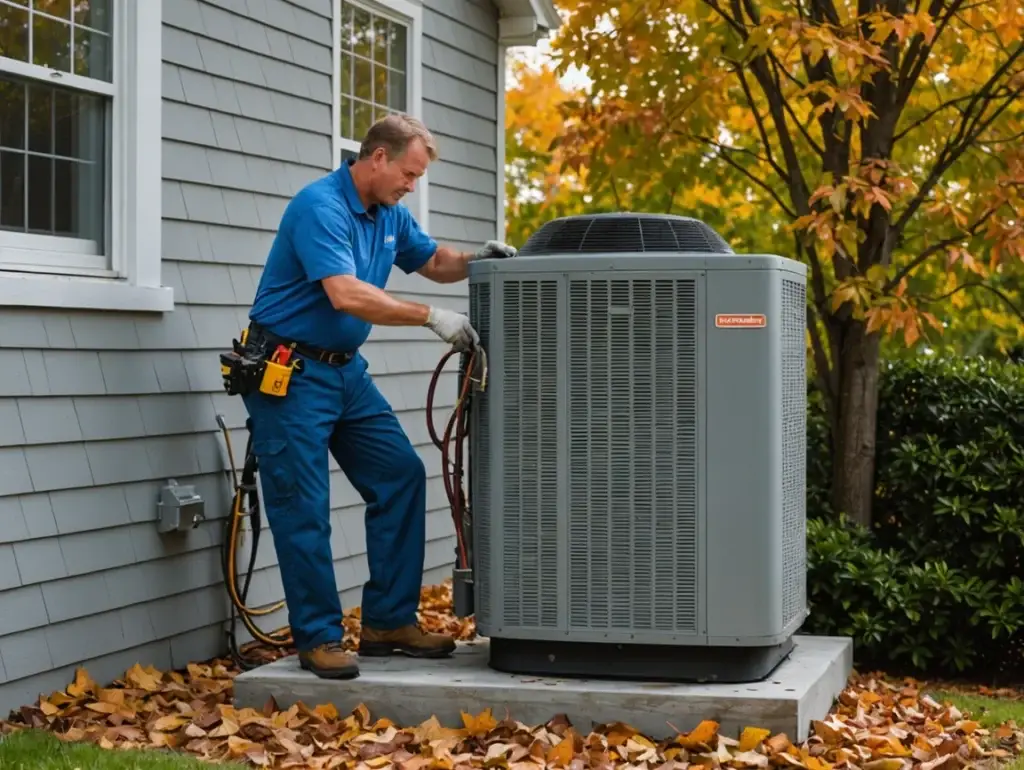[vc_row][vc_column][vc_column_text]The thermostat serves as the command center for your home’s heating and cooling system, dictating when and how your HVAC system operates. With the advancement of technology, programmable thermostats have emerged as a convenient and energy-efficient solution for managing indoor comfort. But do you really need one? Let’s explore the benefits and considerations of investing in a programmable thermostat to help you make an informed decision.
- Energy Efficiency: Programmable thermostats’ capacity to maximize energy use is one of its main advantages. Programmable thermostats assist cut down on energy use and utility costs by letting you plan temperature changes according to your daily schedule. To ensure comfort when needed and save energy when not, you can, for instance, program the thermostat to drop when you’re at work or asleep and rise when you’re at home.
- Convenience: Programmable thermostats offer unparalleled convenience compared to traditional manual thermostats. With features such as pre-programmed settings, remote access via smartphone apps, and adaptive learning capabilities, programmable thermostats make it easy to adjust temperatures to fit your lifestyle without the need for constant manual adjustments.
- Comfort Customization: Another advantage of programmable thermostats is their ability to provide personalized comfort settings. Whether you prefer a cooler environment during the day and warmer temperatures at night or varying temperatures throughout the week, programmable thermostats allow you to customize temperature schedules to suit your preferences and lifestyle.
- Cost Savings: While programmable thermostats may require an initial investment, the potential cost savings over time can outweigh the upfront costs. By optimizing energy usage and reducing heating and cooling costs, programmable thermostats can pay for themselves through lower utility bills and increased energy efficiency.
- Environmental Impact: In addition to cost savings, programmable thermostats can also help reduce your environmental footprint by minimizing energy waste. By using energy more efficiently and reducing greenhouse gas emissions associated with heating and cooling, programmable thermostats contribute to environmental sustainability efforts.
However, it’s essential to consider your specific needs and circumstances before investing in a programmable thermostat. For example, if you have a consistent daily schedule or spend most of your time at home, the energy-saving benefits of a programmable thermostat may be limited. Additionally, compatibility with your existing HVAC system and your comfort preferences should also be taken into account when choosing a programmable thermostat.
In conclusion, while programmable thermostats offer numerous benefits, including energy efficiency, convenience, cost savings, and environmental impact, whether you need one depends on your individual circumstances and preferences. If you value convenience, customization, and energy savings, a programmable thermostat may be a worthwhile investment for optimizing indoor comfort and efficiency in your home. However, it’s essential to assess your needs and consider factors such as compatibility and lifestyle before making a decision. By weighing the benefits and considerations, you can determine whether a programmable thermostat is right for you and your home.[/vc_column_text][/vc_column][/vc_row]


